It's been a nice adventure but all good things come to an end one day and so is my Medieval Fortress series as this is the last part. If you've missed the first five parts, please scroll down to the bottom of the post to find the links to those parts.
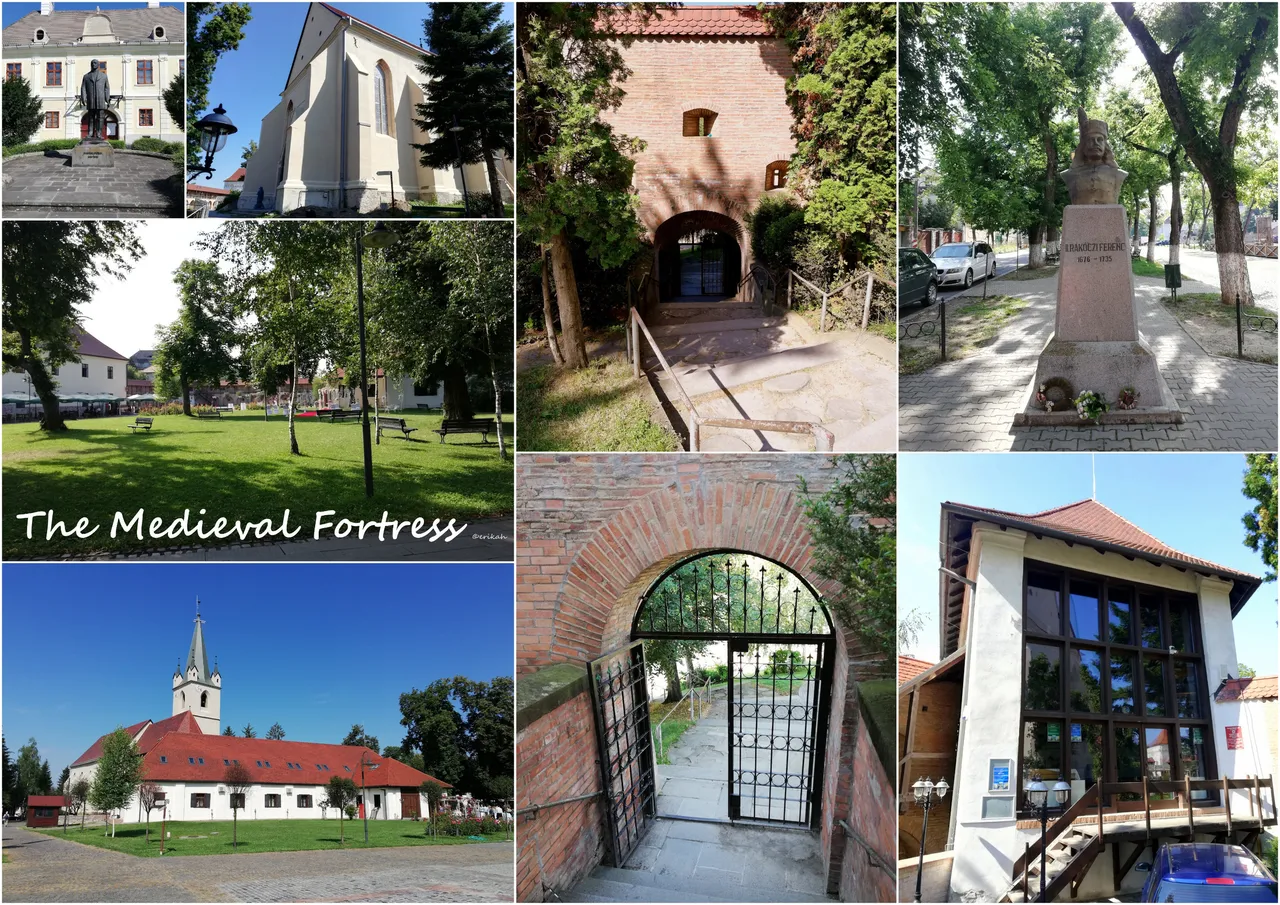
This medieval fortress, one of the most beautiful fortresses of Transylvania, is situated in Targu Mures, Hungarian name Marosvásárhely, Romania. It was built in the 14th century and occupies 4.3 hectares. It's a nice place to spend time at weather you're local or just visiting. It's a nice tourist attraction with a diversifies cultural offer that has been crippled by the pandemic.
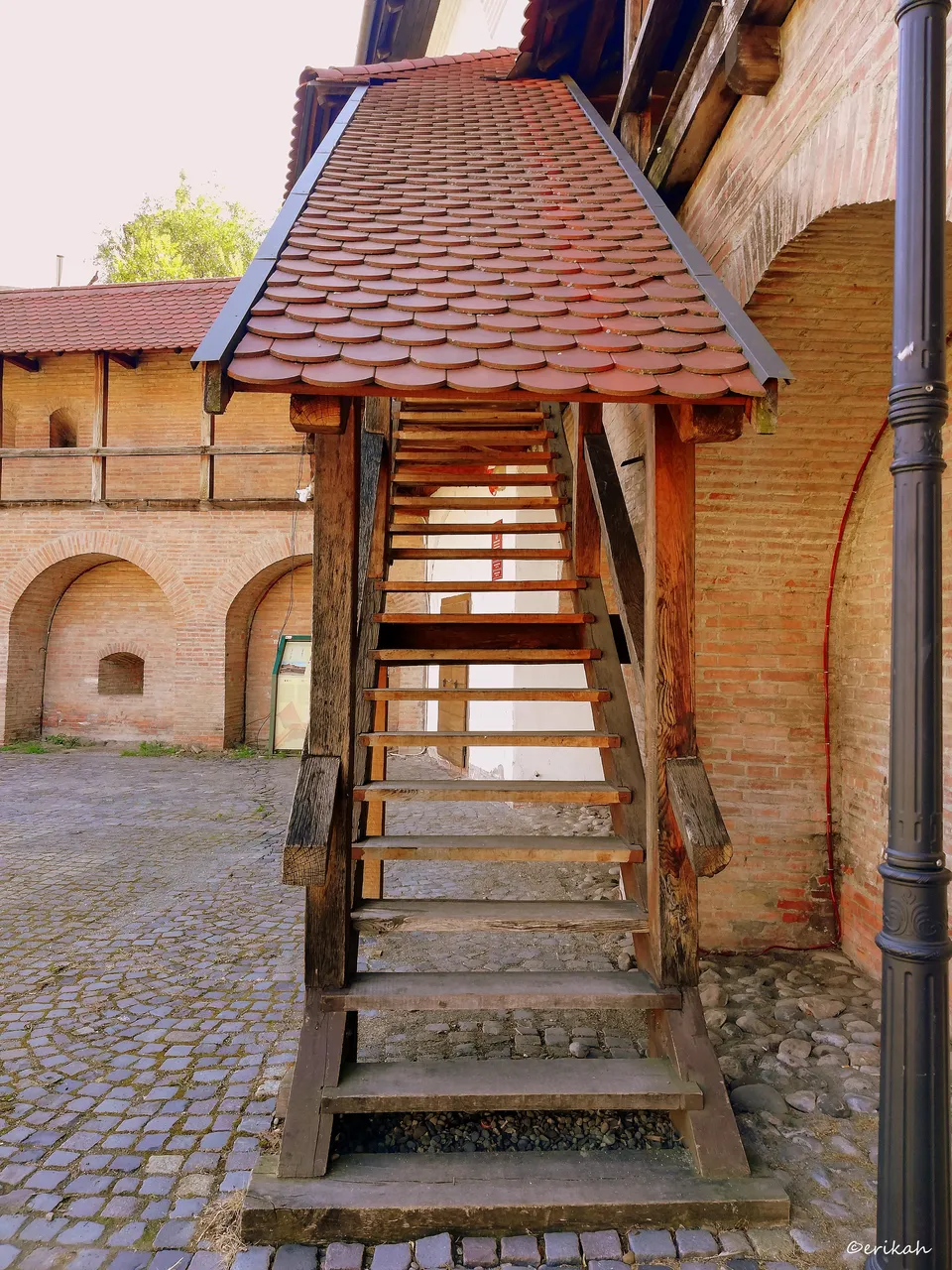
The Wall
The fortress wall is made of bricks and the stairs are obviously made of wood. This stairs are next to the cooper's bastion, leading to the gallery that links the cooper's bastion to the skinner's bastion.
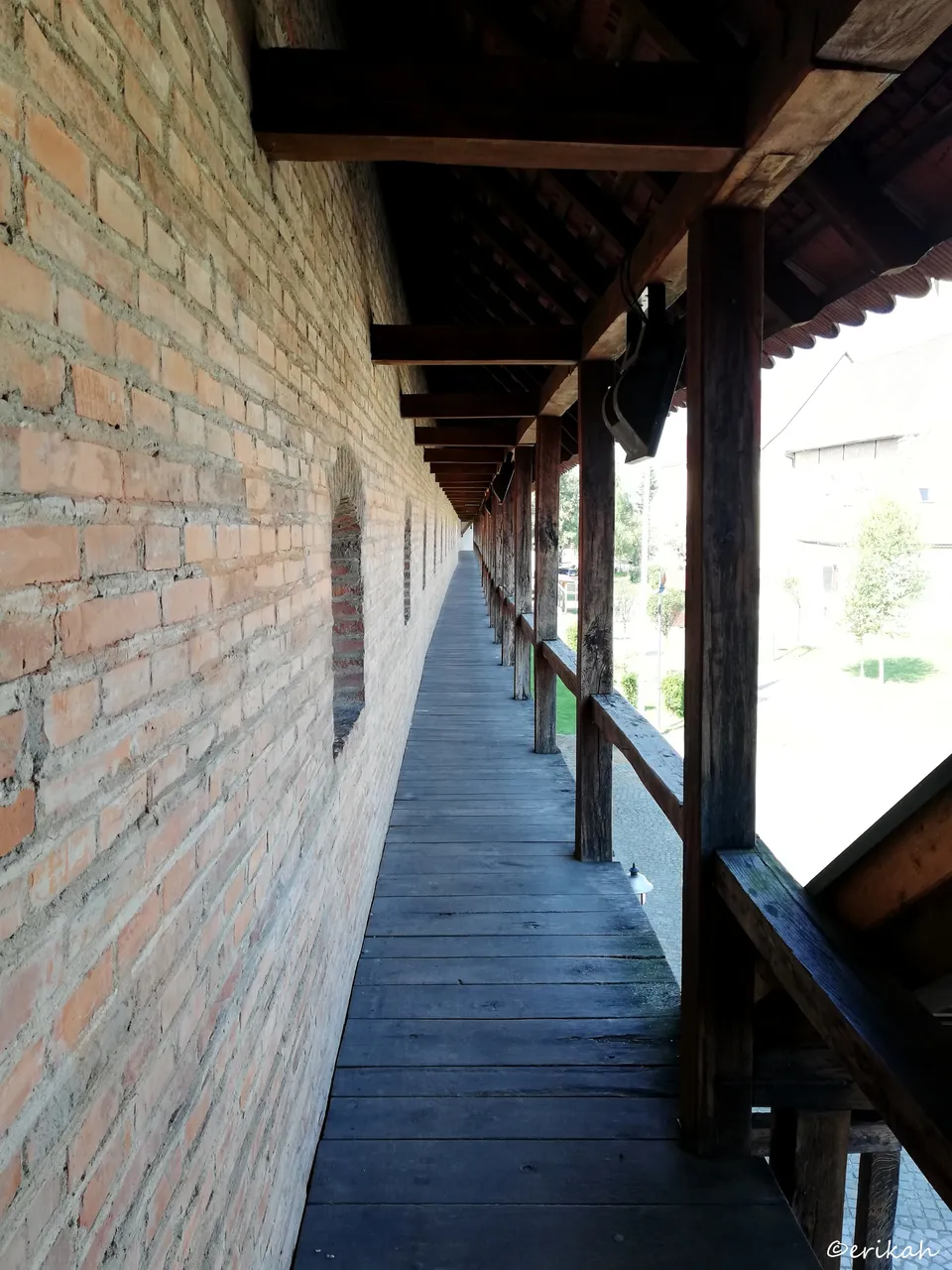

The gallery is also made of wood, which makes it more authentic. The view from the gallery, on the left there's the wedding hall, but more about this later in my post.

In the wall there are holes used for defense purposes. Remember this is a fortress that had been used to defend the establishment as those times had been full of conflicts and battles.
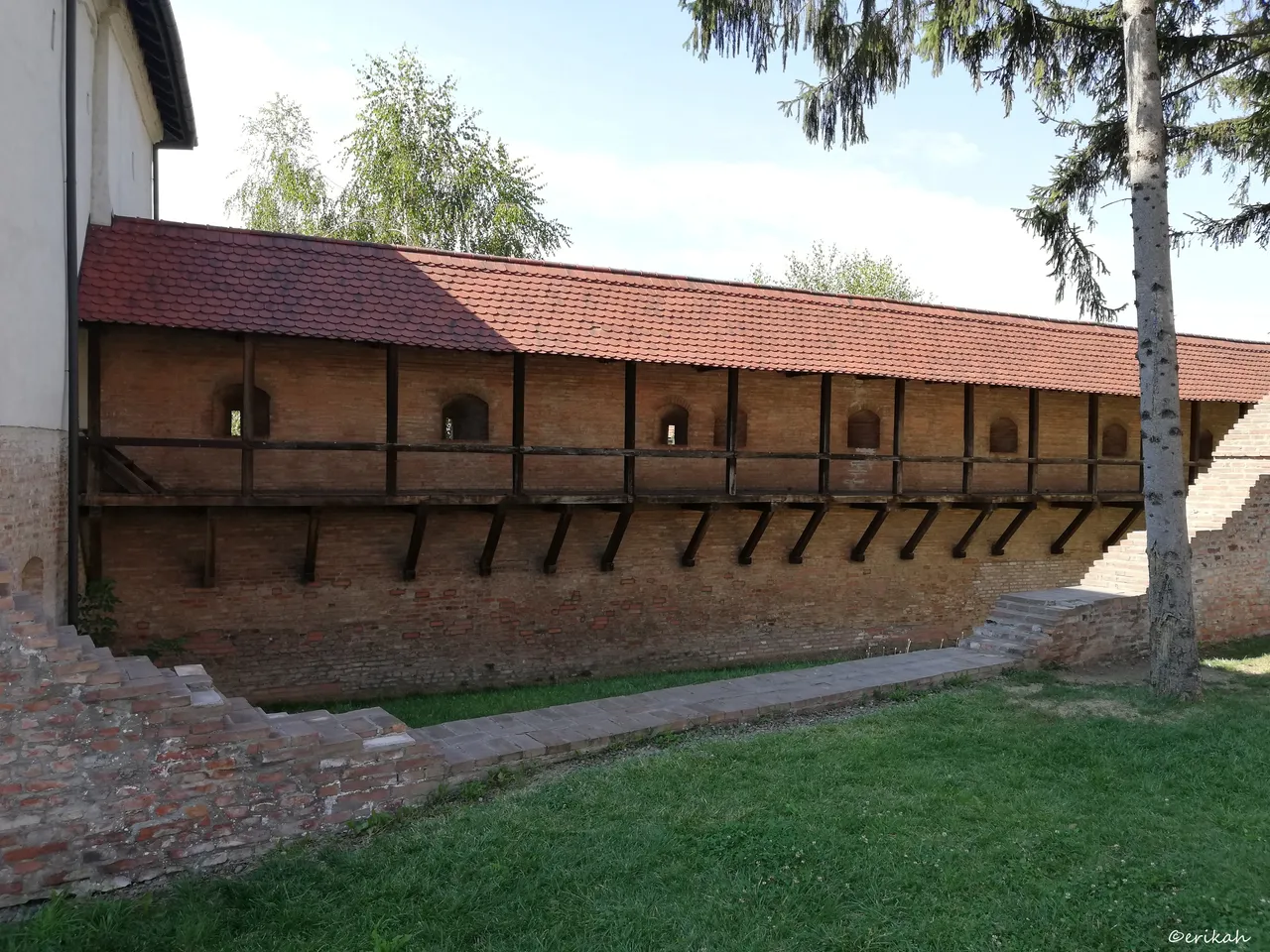
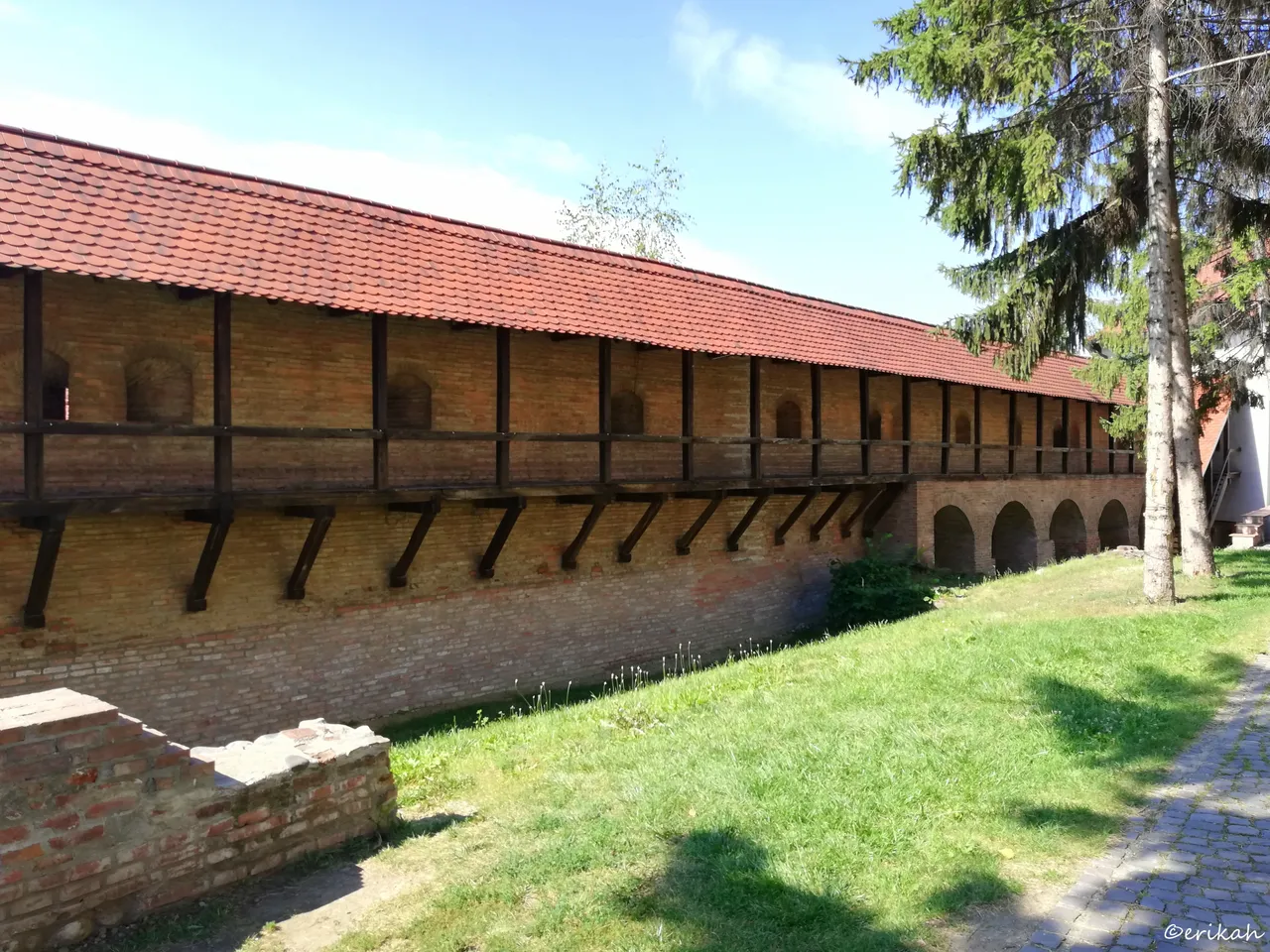
This is the wall that connects the skinner's bastion to the cobbler's bastion. Here as well you can see the wooden gallery. Must have been two walls once, as the second, inner wall still has some ruins left.
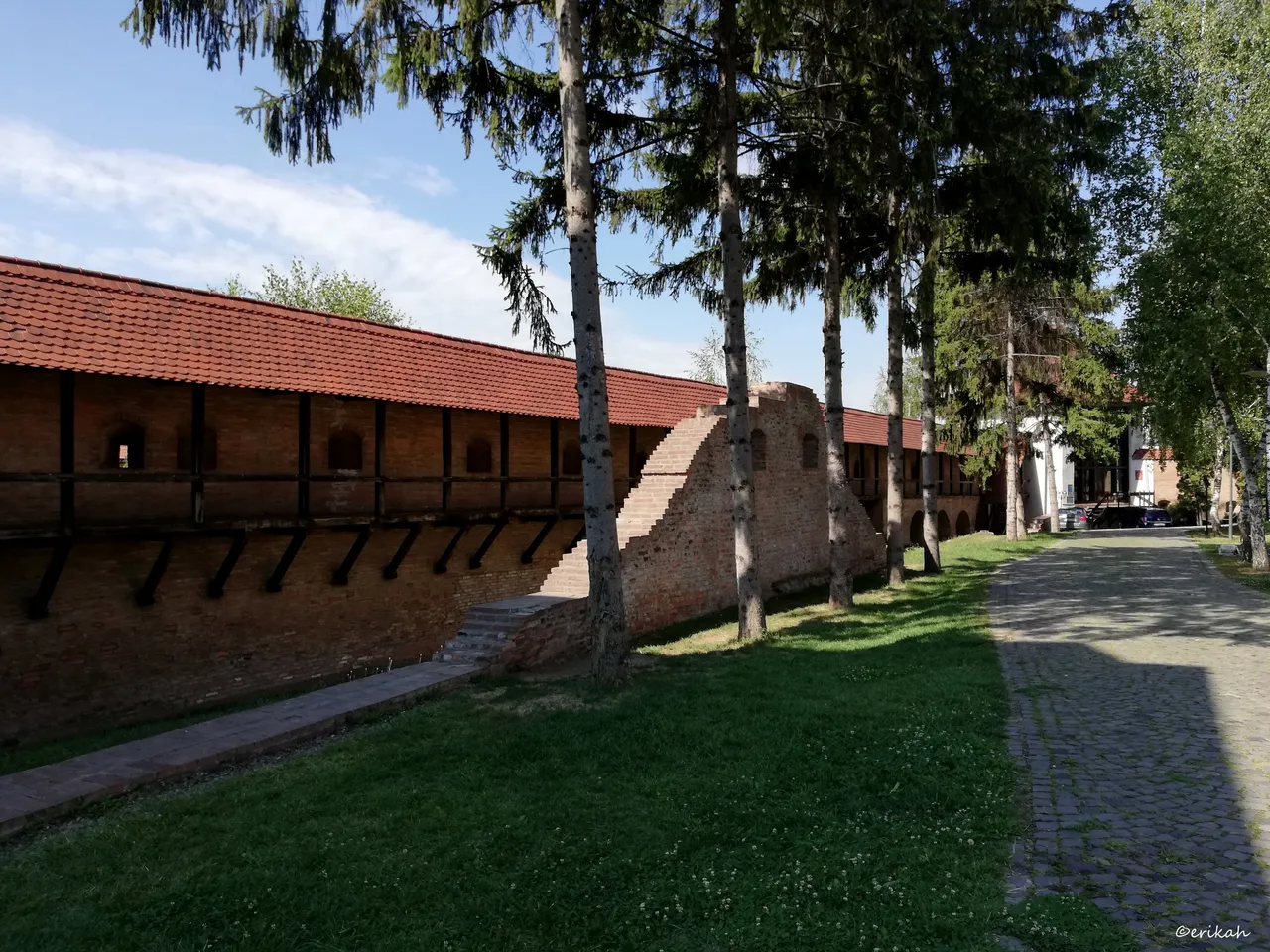
Part of it has been restored and can be seen here.
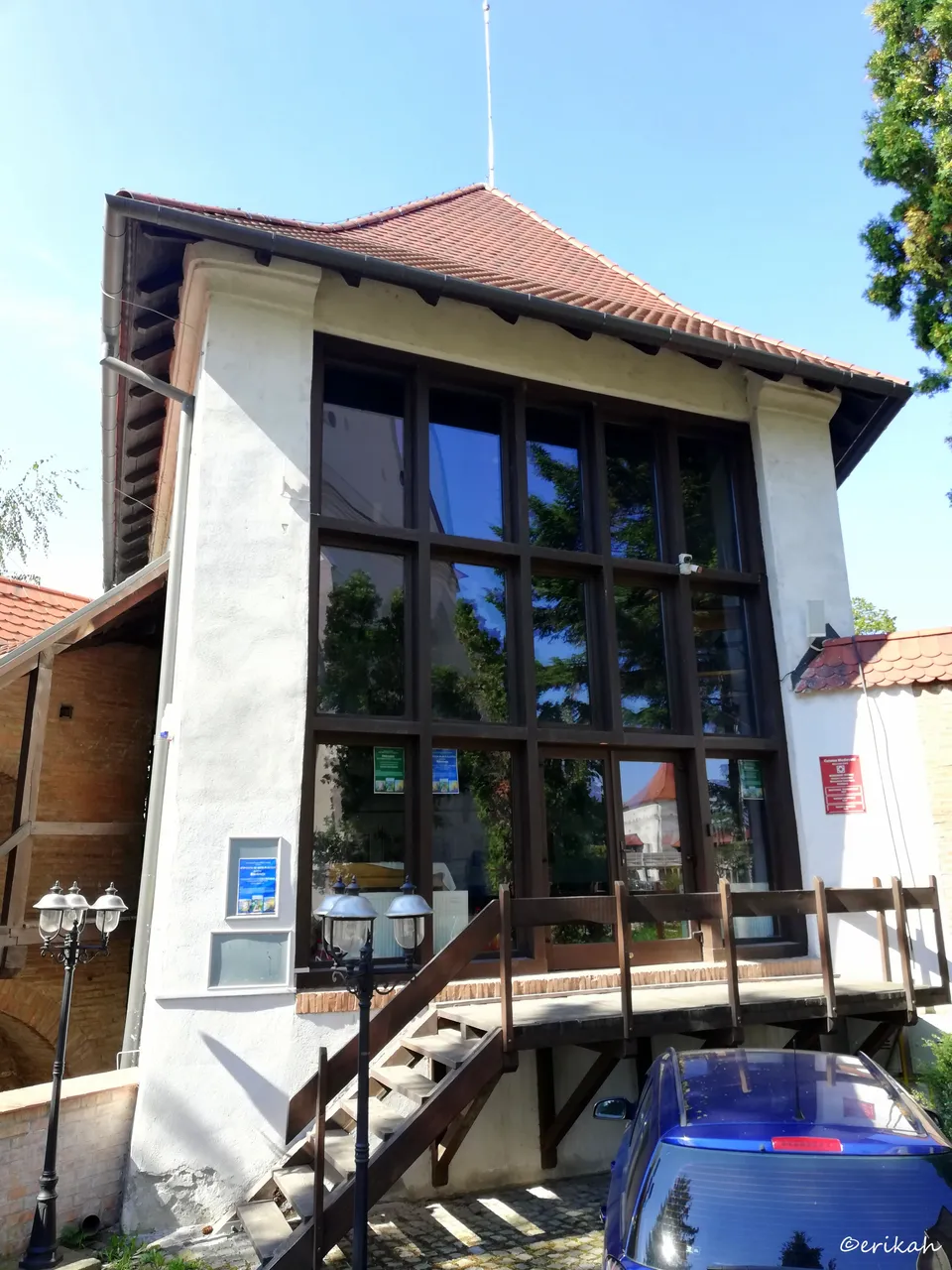
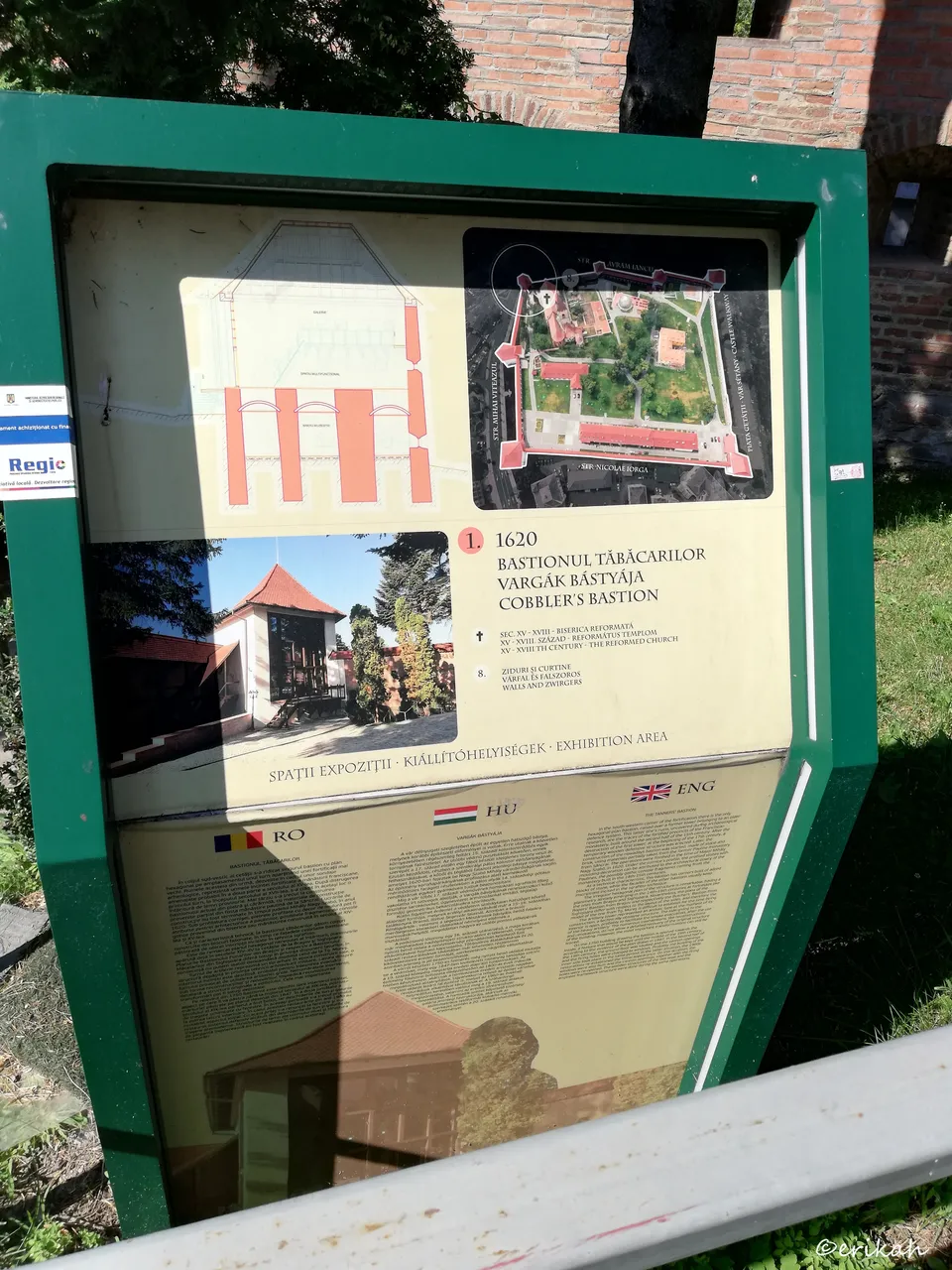
Cobbler's Bastion
This is the cobbler's bastion, that serves as exhibition rook nowadays. At the time of my visit, there was an art exhibition going on, that I've already seen elsewhere. It's great to give a new destination to these old bastions.
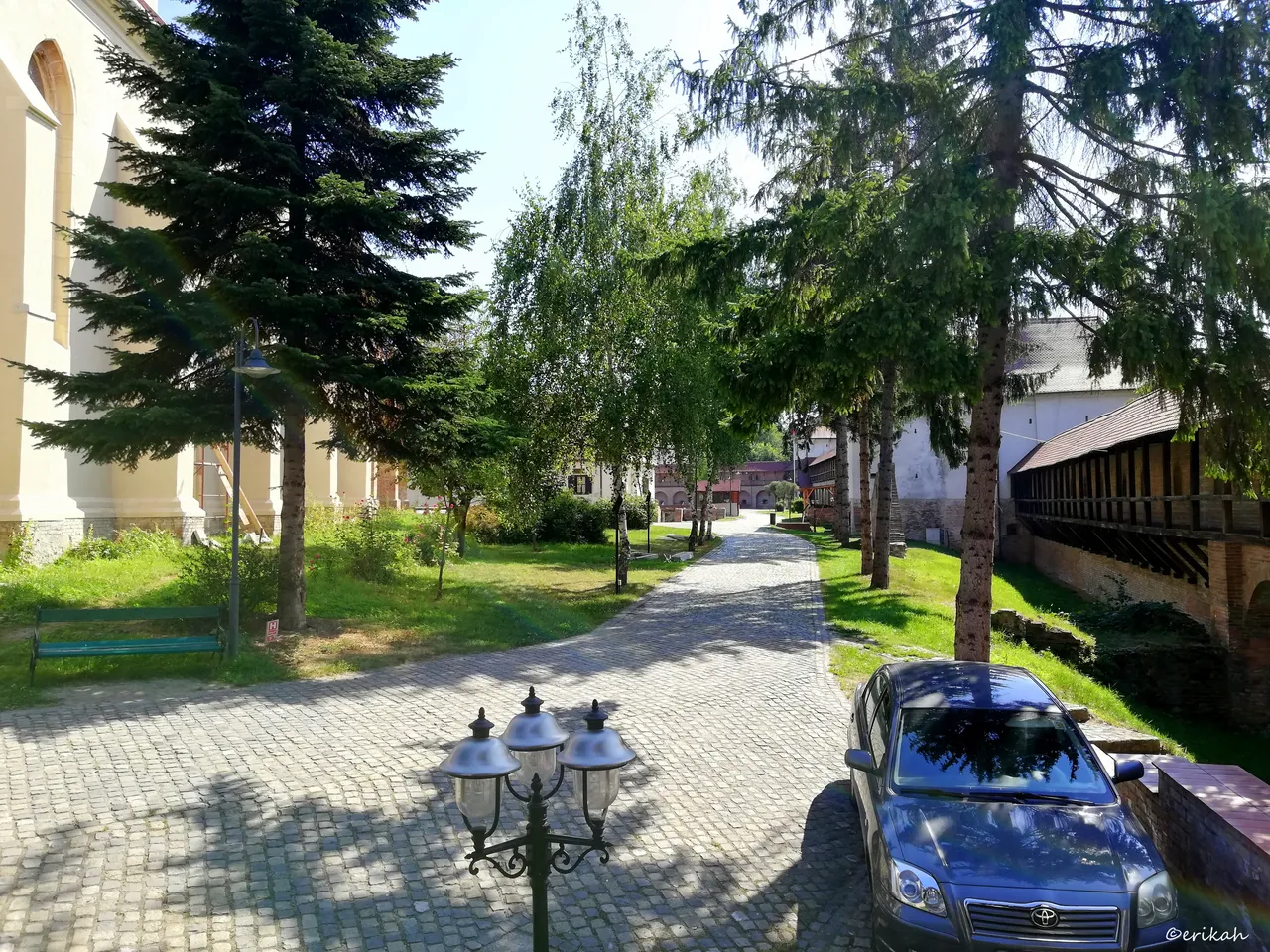
View from the taver's bastion. On the left there's the reformed christian church that I posted about earlier, which was undergoing some restoration work at the time of my visit.
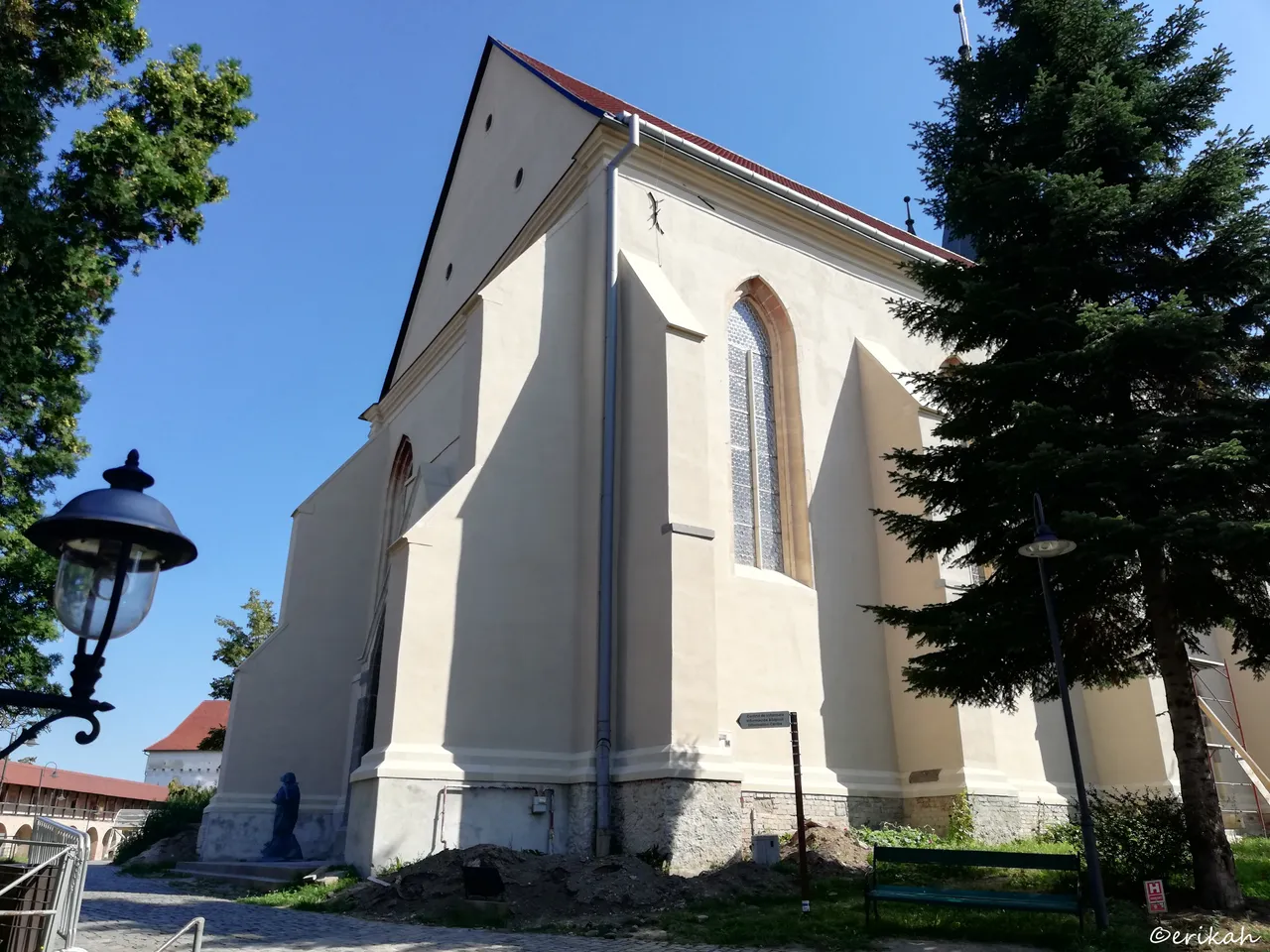
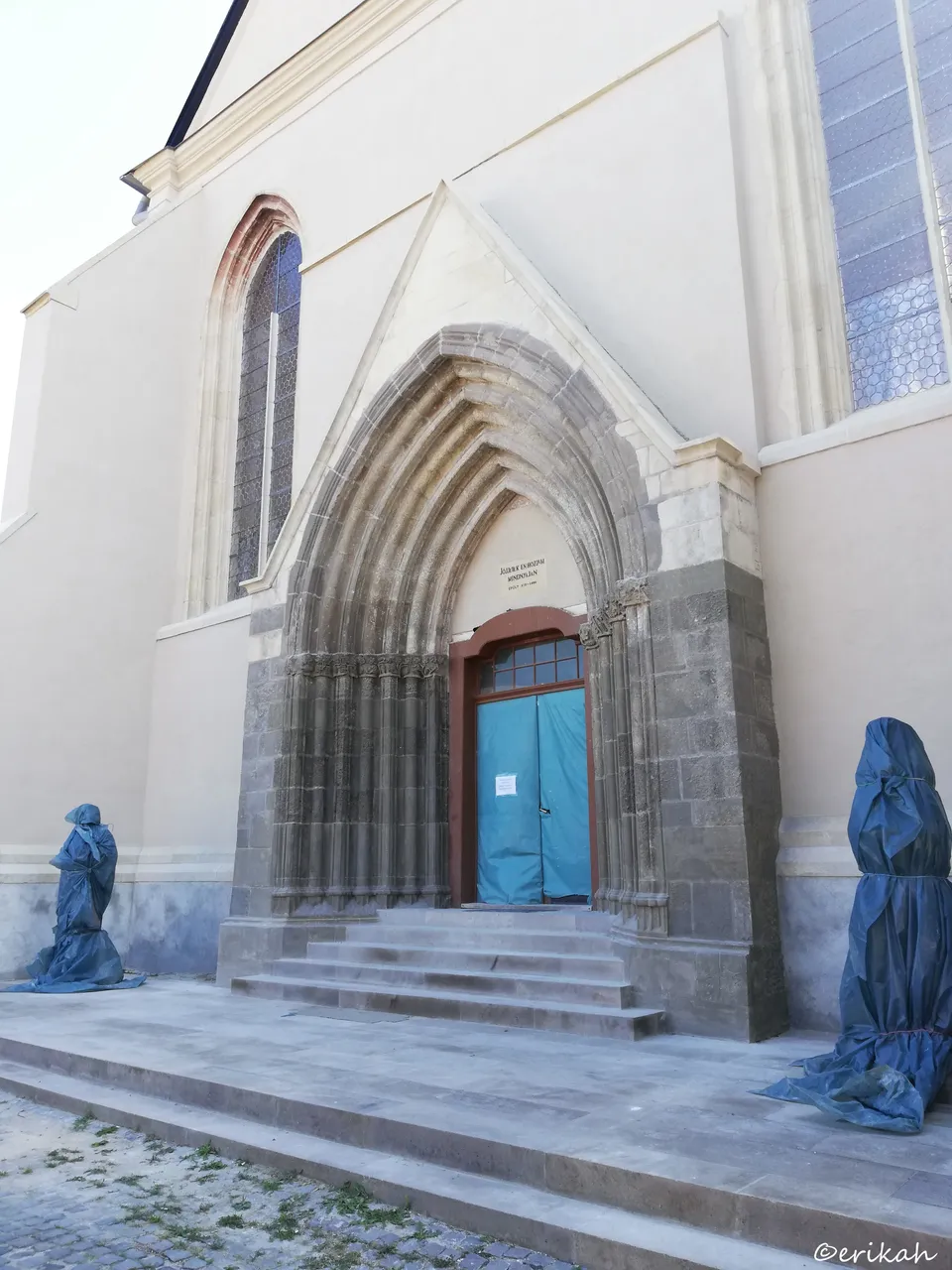
The entrance of the church, with the two statues of Kálvin János (John Calvin), a French theologian, pastor and reformer during the Protestant Reformation.
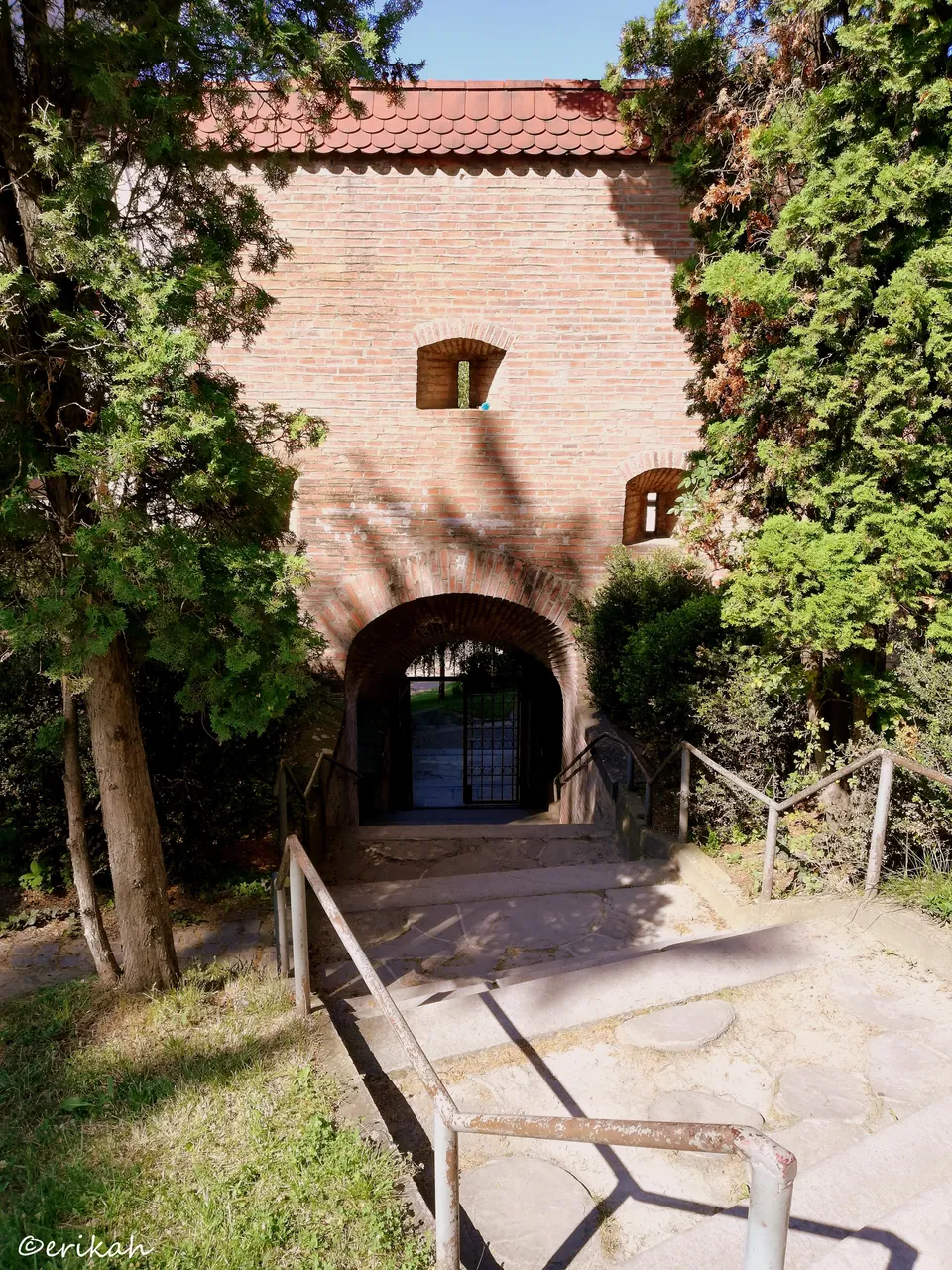
This is one of the exits, or entrances (as you prefer) of the fortress.
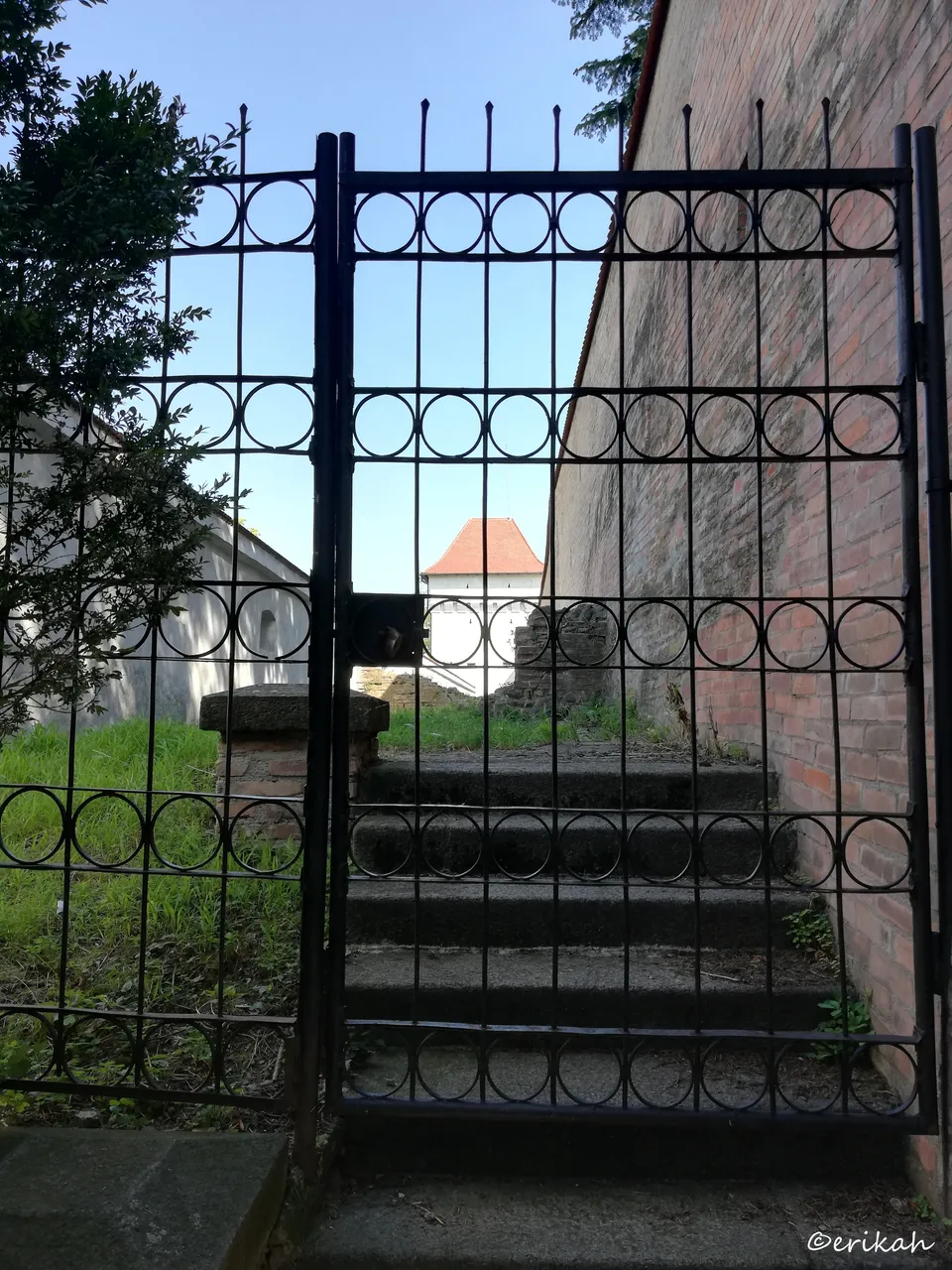
Passing through the gate on your way out of the fortress, you can see the two walls surrounding the 4.3 hectares. Unfortunately there was a big padlock there, so i could not go in to take photos between the two walls.
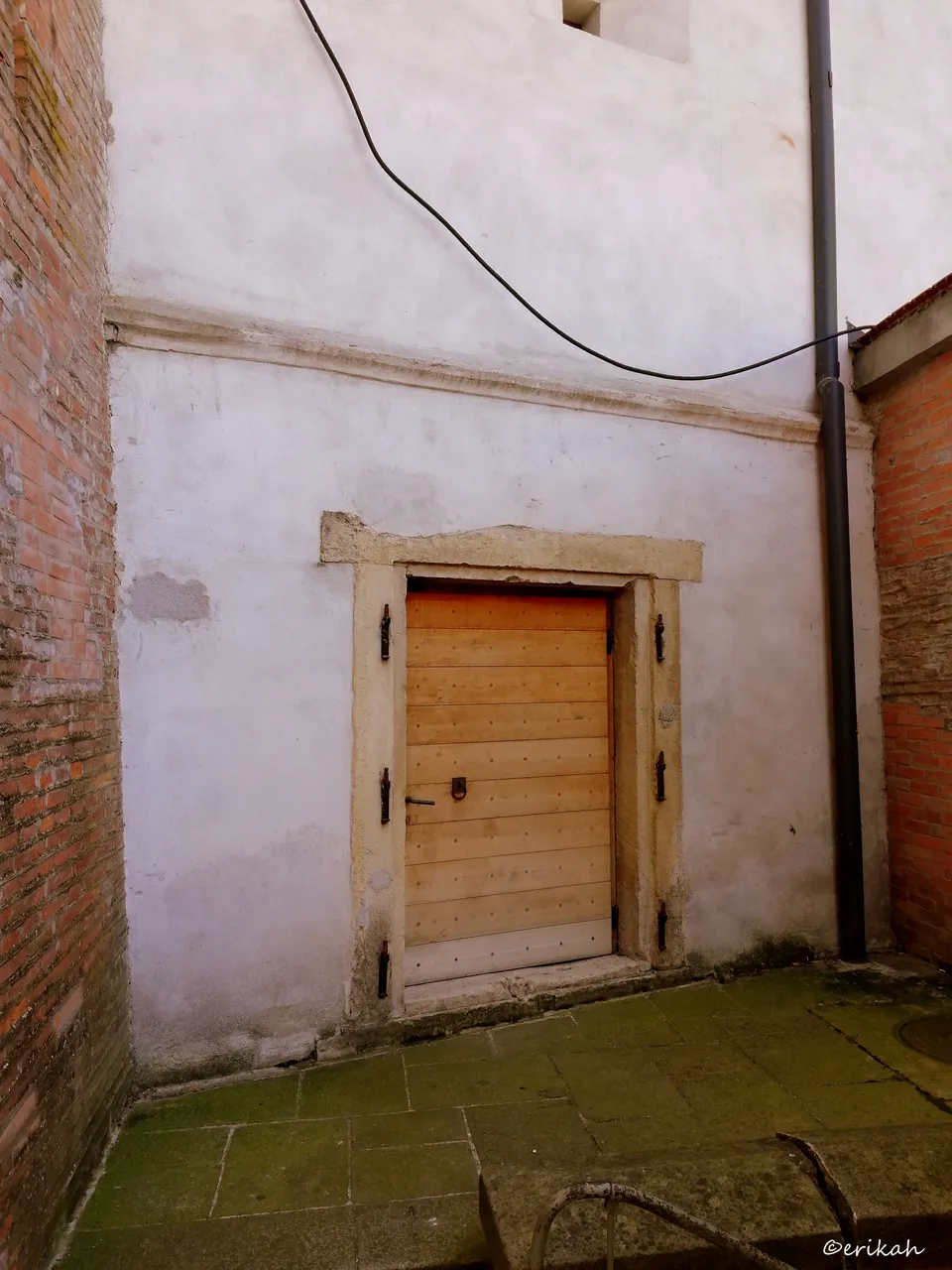
The bastion has a side door that can be found between the two walls. The wood of the door is recent but the stile is old, just like the stones the pavement was made of.
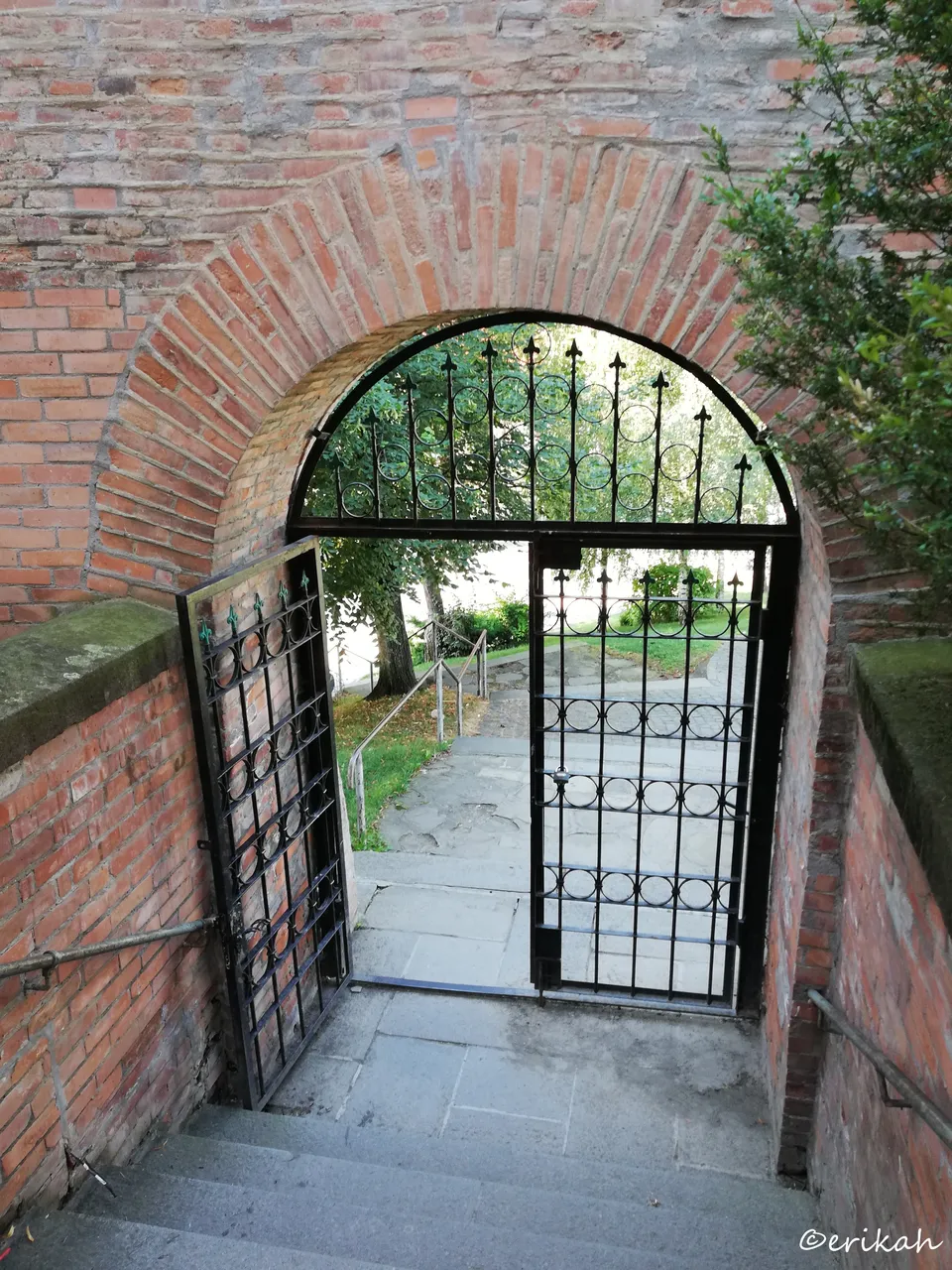

The outside gate and the way to the main road, paved with old stones, most likely the original, from medieval times.
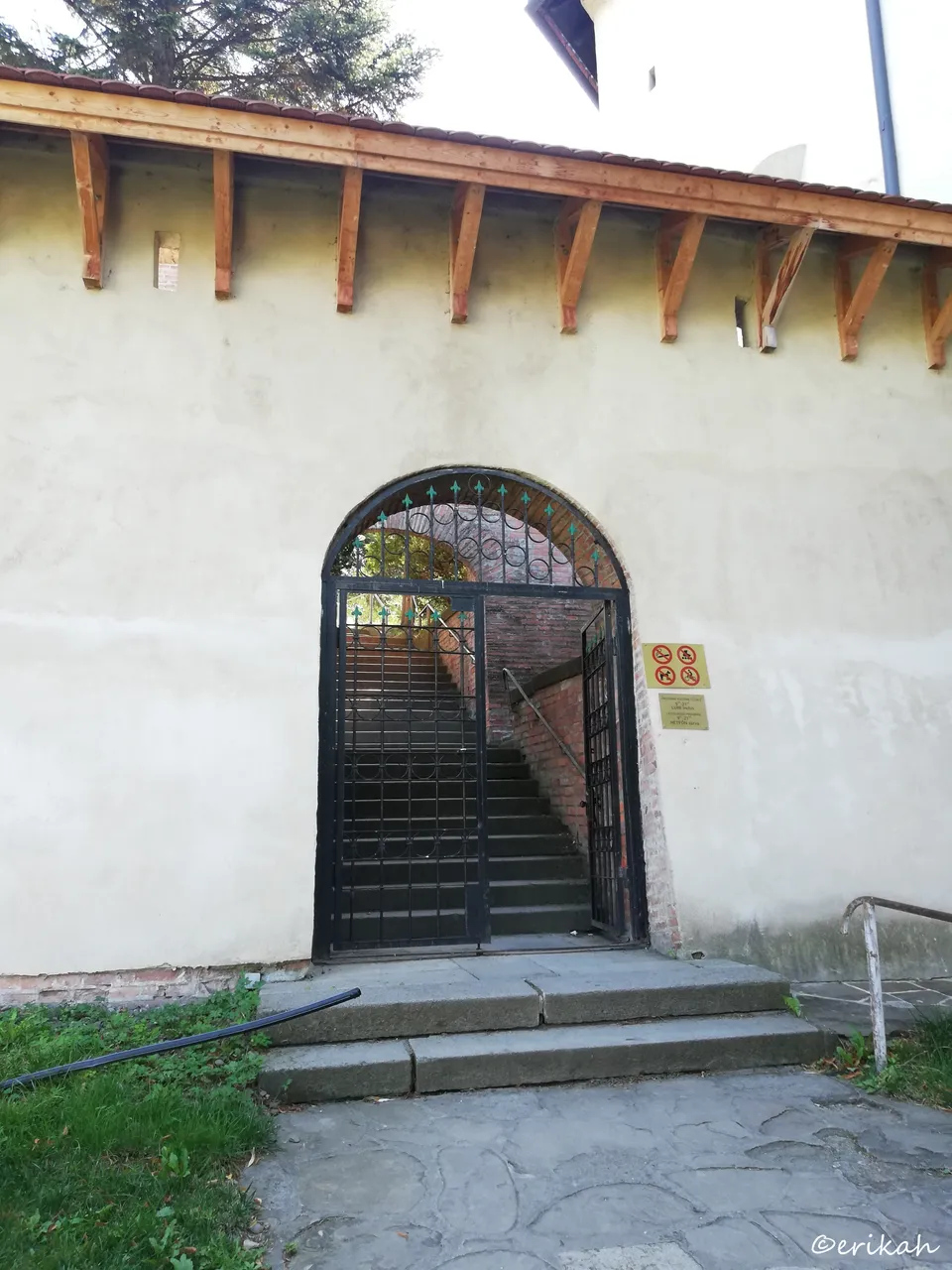
The gate from outside.
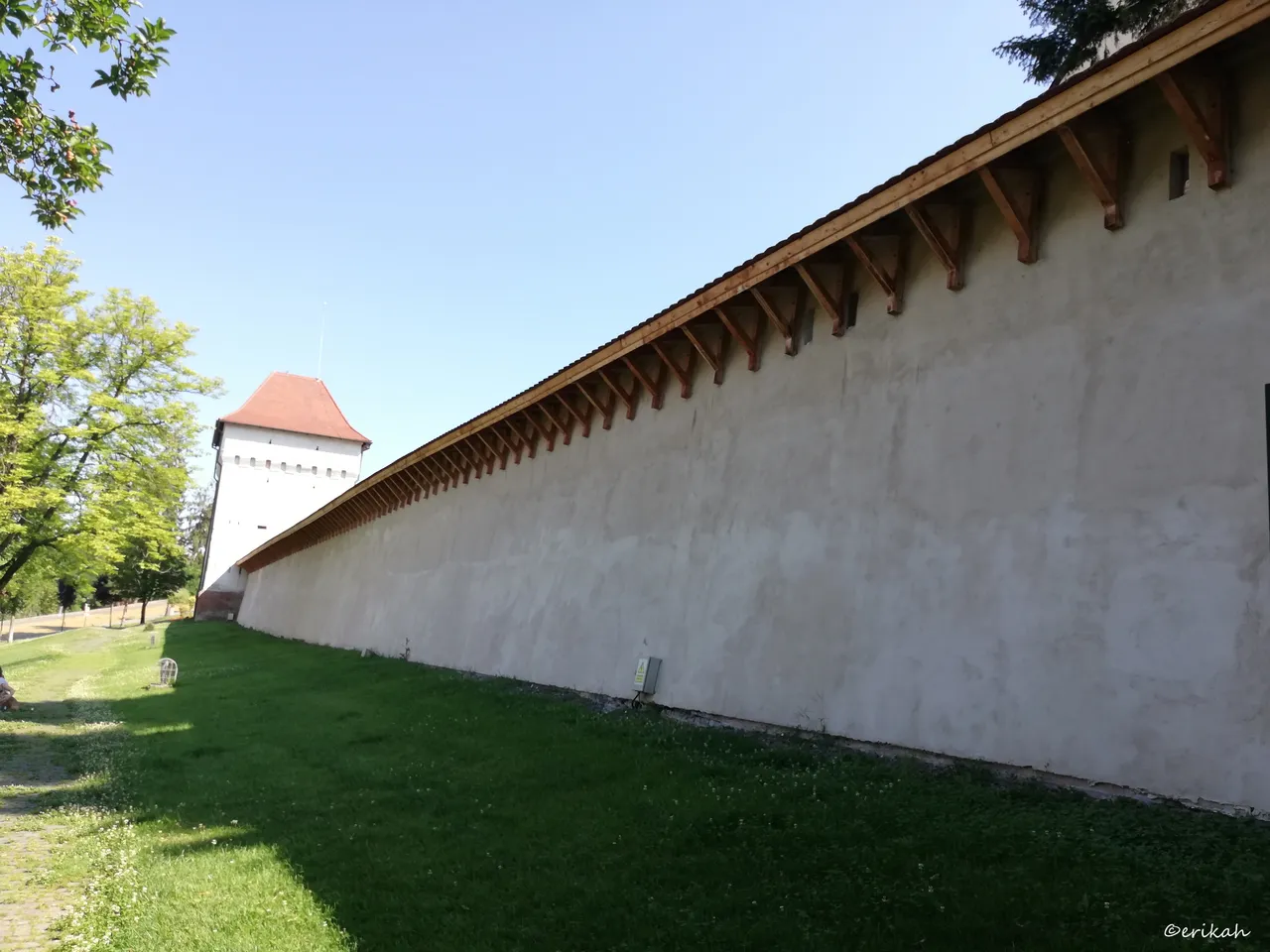
The outside wall is made of bricks but unfortunately during the restoration works the bricks were covered.
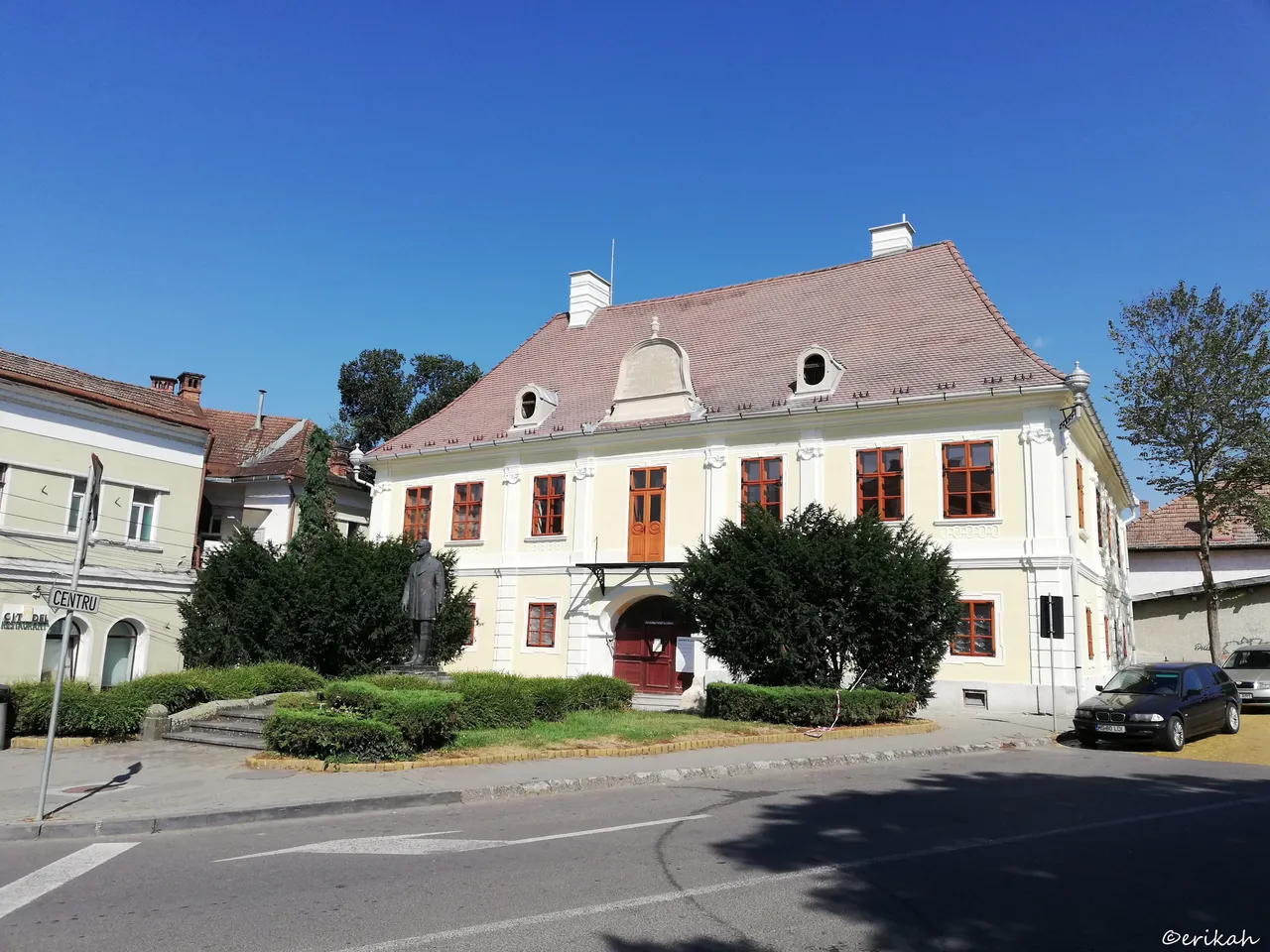
Around The Fortress
Right outside the fortress there's the memorial house of Bernády Gtörgy, mayor of Marosvásárhely (Targu Mures) between 1900–1912 and 1926–1929.
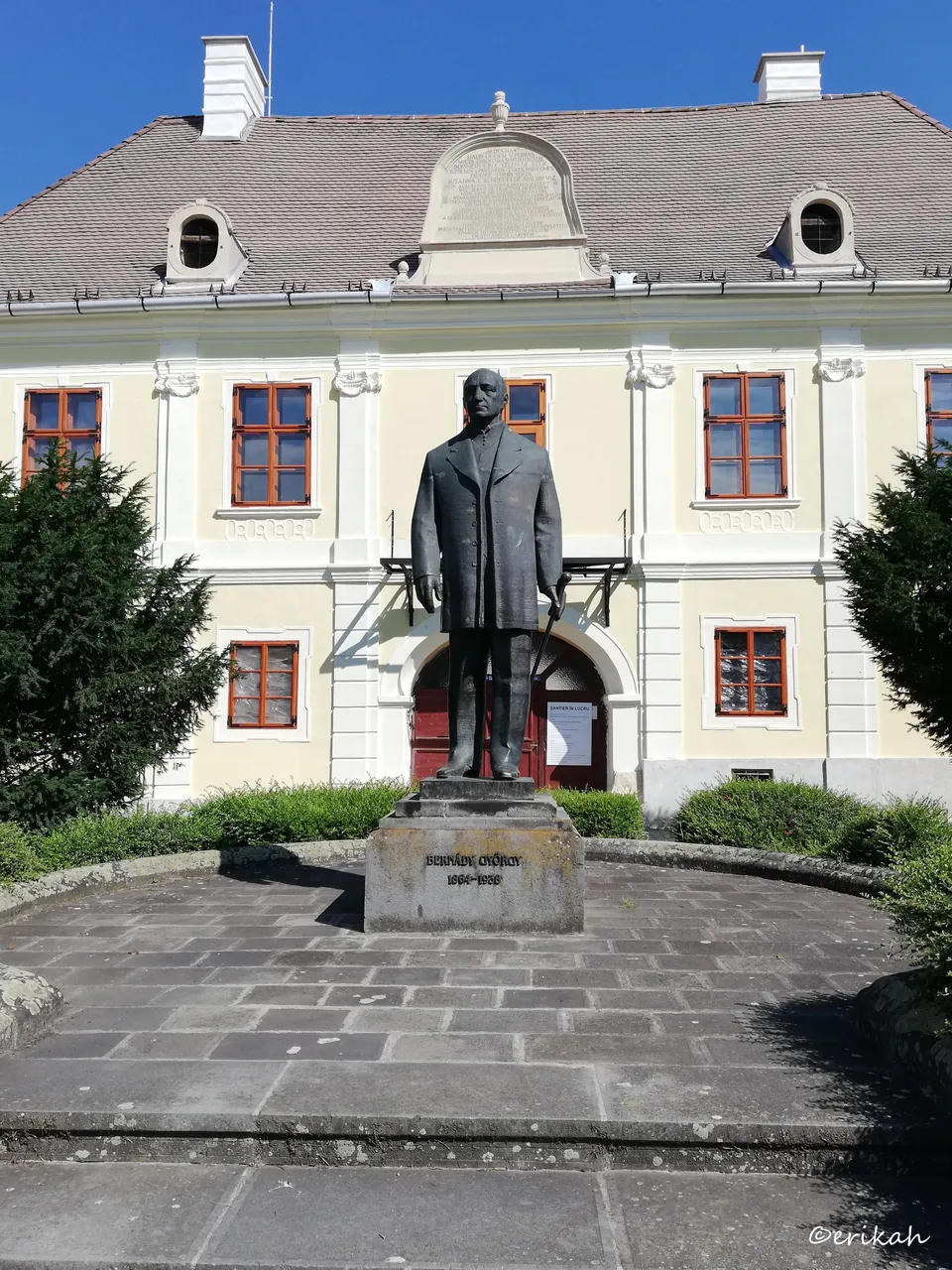
In this period the City Hall and the Cultural Palace in Târgu Mureș on the Roses Square were both built. His name is associated with public illumination and sewerage in the city. In this period many schools, libraries and art galleries were also built. source
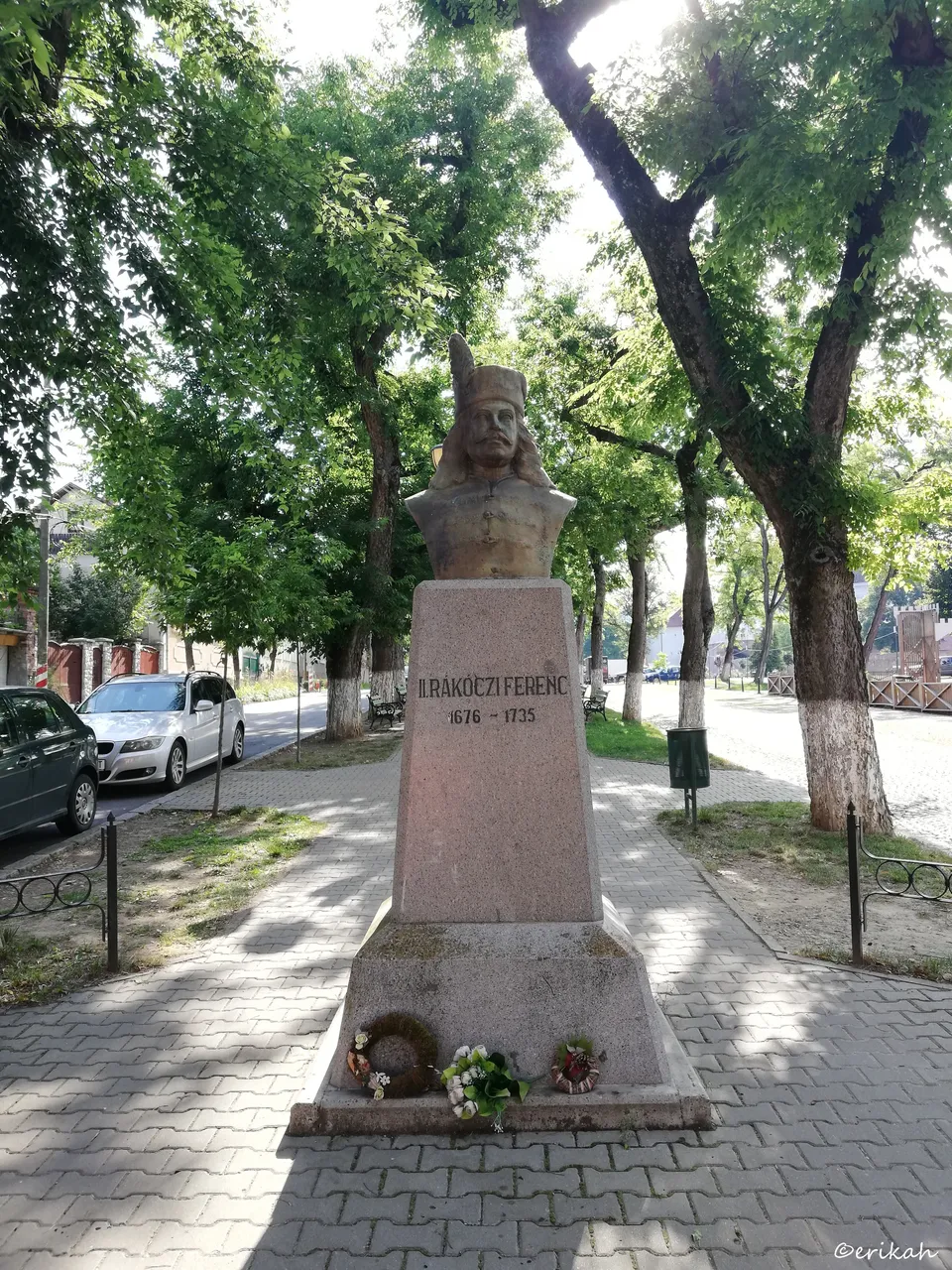
At the lower end of the alley surrounding the fortress, there's the stature of II. Rákóczi Ferenc a Hungarian nobleman as well as a leader of the Hungarian uprising against the Habsburgs in 1703-11 as the prince of the Estates Confederated for Liberty of the Kingdom of Hungary. He was also Prince of Transylvania, an Imperial Prince, and a member of the Order of the Golden Fleece. Today he is considered a national hero in Hungary. source
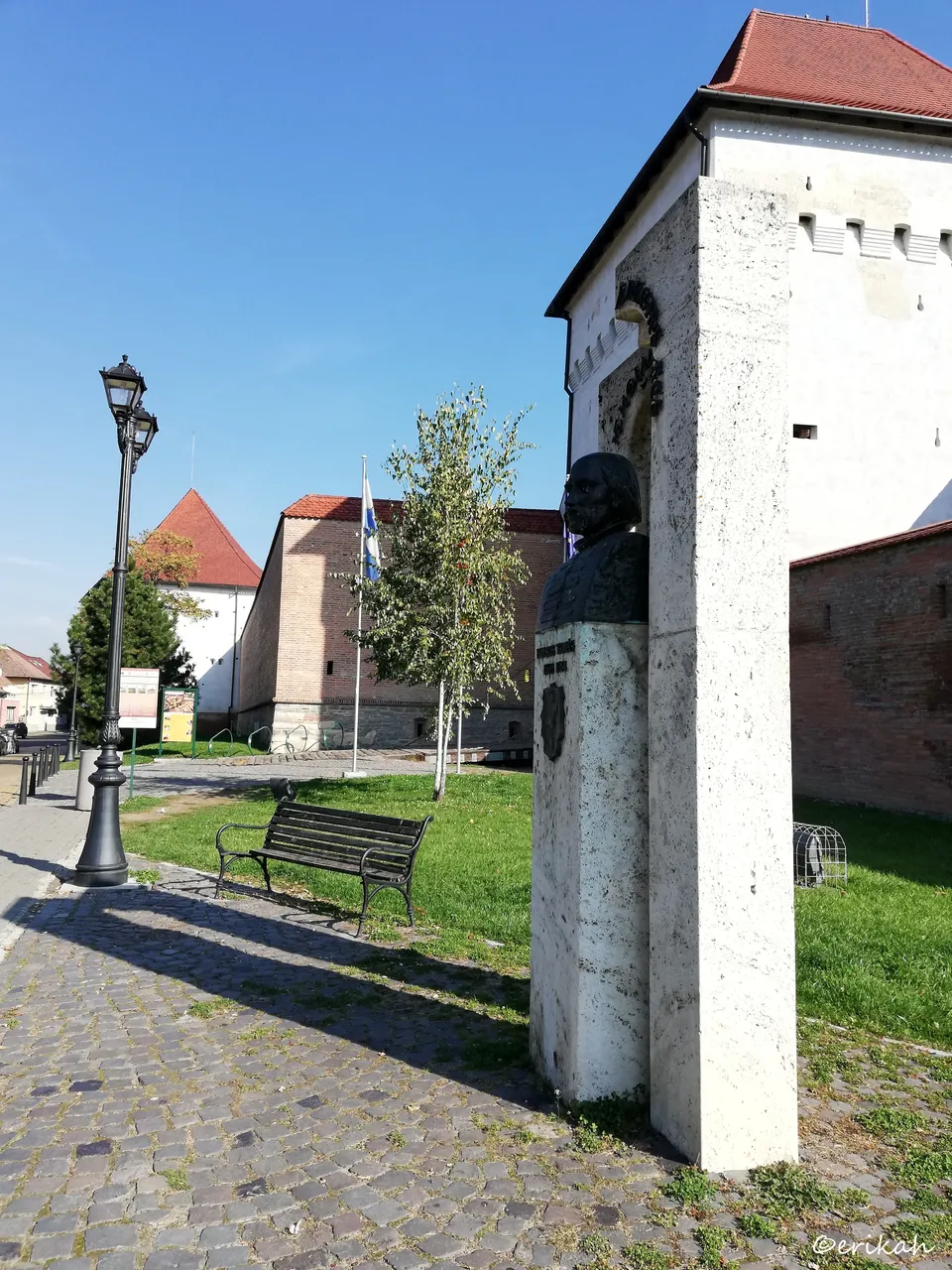
At the other entrance to the fortress there's the statue of Borsos Tamás, a Hungarian politician and diplomat in the Principality of Transylvania. He also served as mayor of Marosvásárhely, then ambassador of Gabriel Bethlen, Prince of Transylvania to the Ottoman Empire.
These men prominent figures in the history of the city and finally they got the recognition they deserve, by having a statue in the most beautiful part of the city.
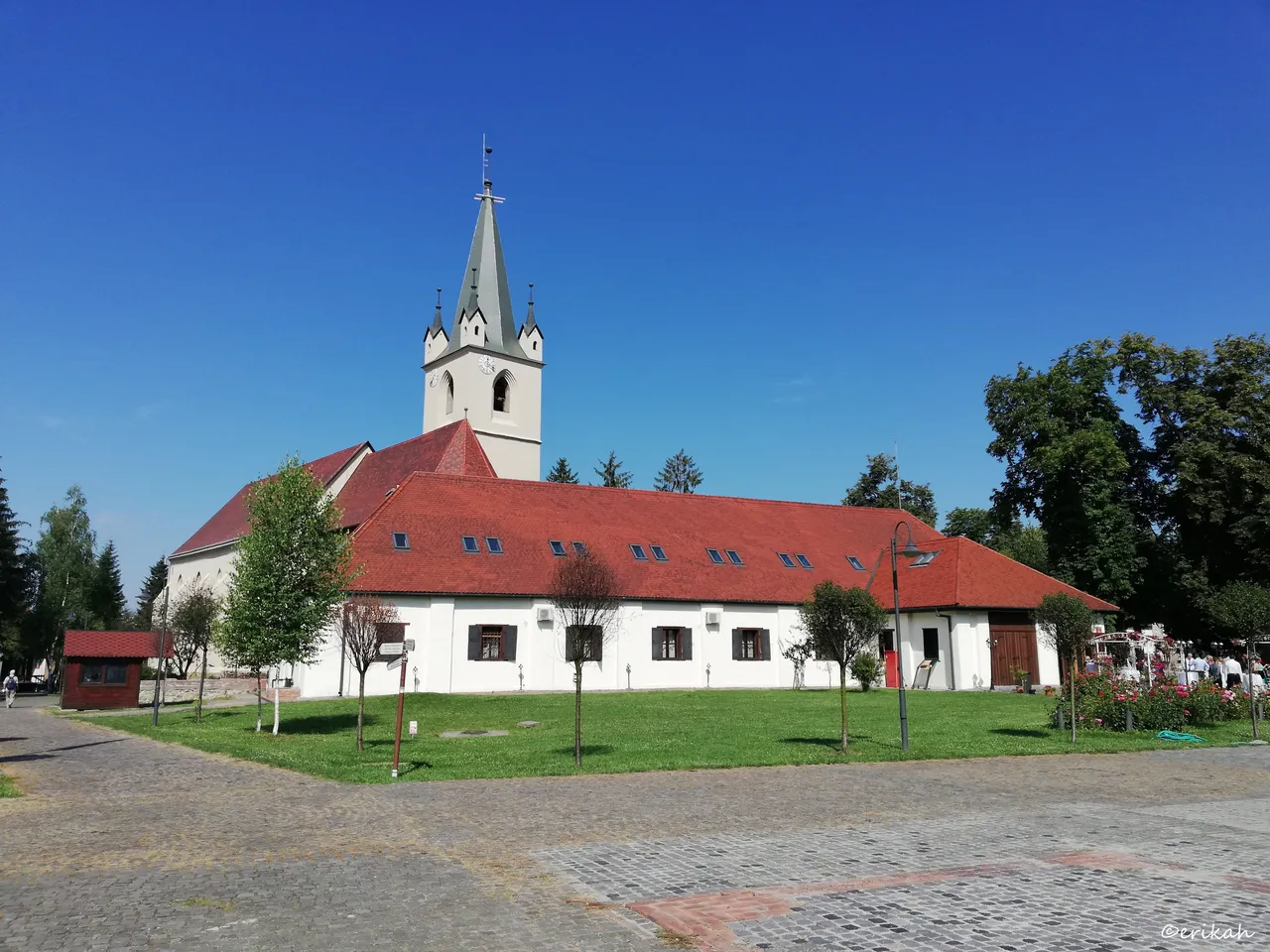
The Wedding Hall
The old wedding hall was in the city center for years, in a small building with one storey, that was everything but suitable for the purpose. There was no parking space outside, nor space for that many people attending a wedding, so the city has decided to move the wedding hall here in this lovely building.
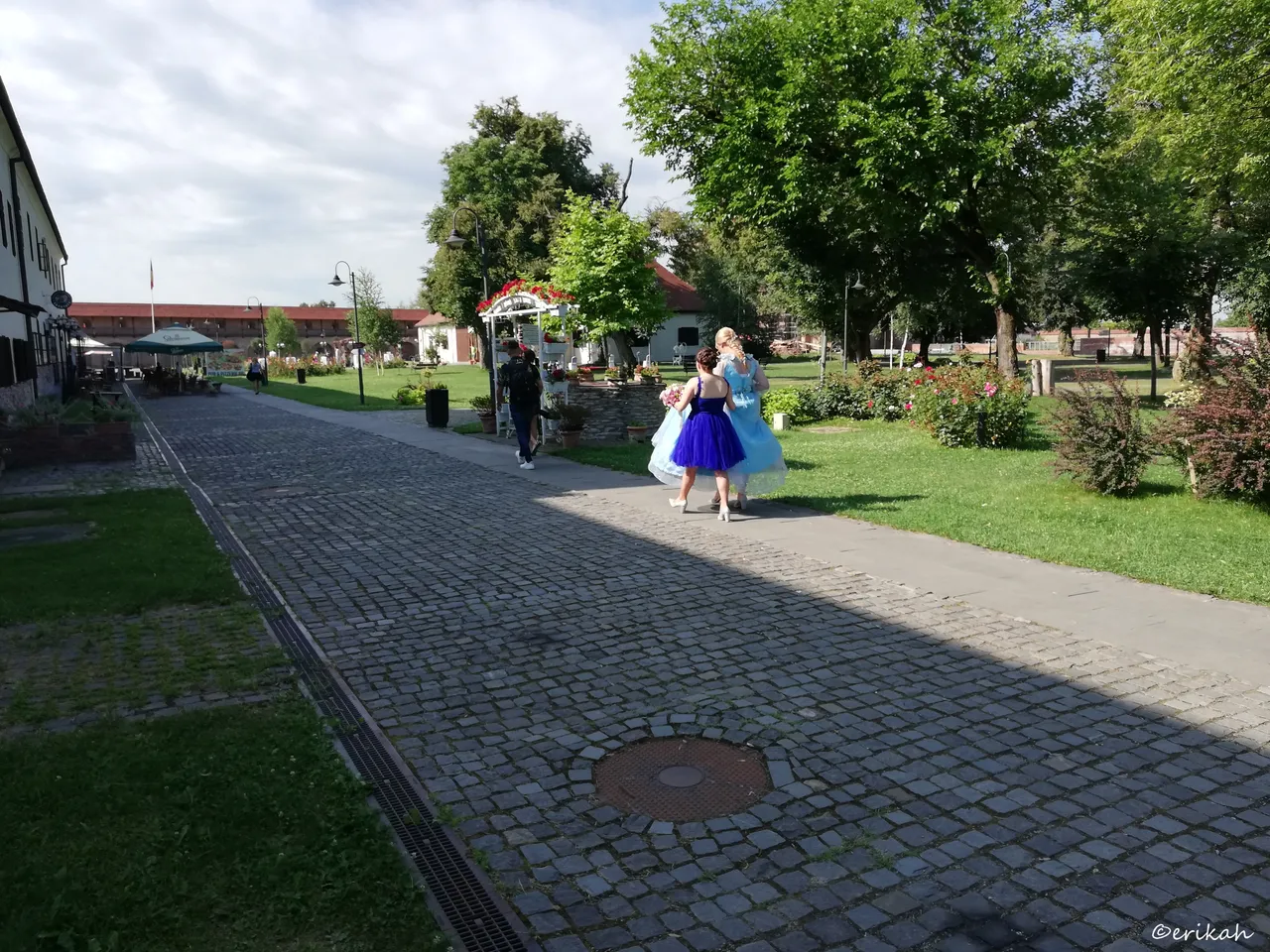
At the time of my visit there was a wedding going on, so I could not go close to the entrance. On the photo above you can see the bride with one of the flower girls I suppose. She arrived early for a photo shoot.
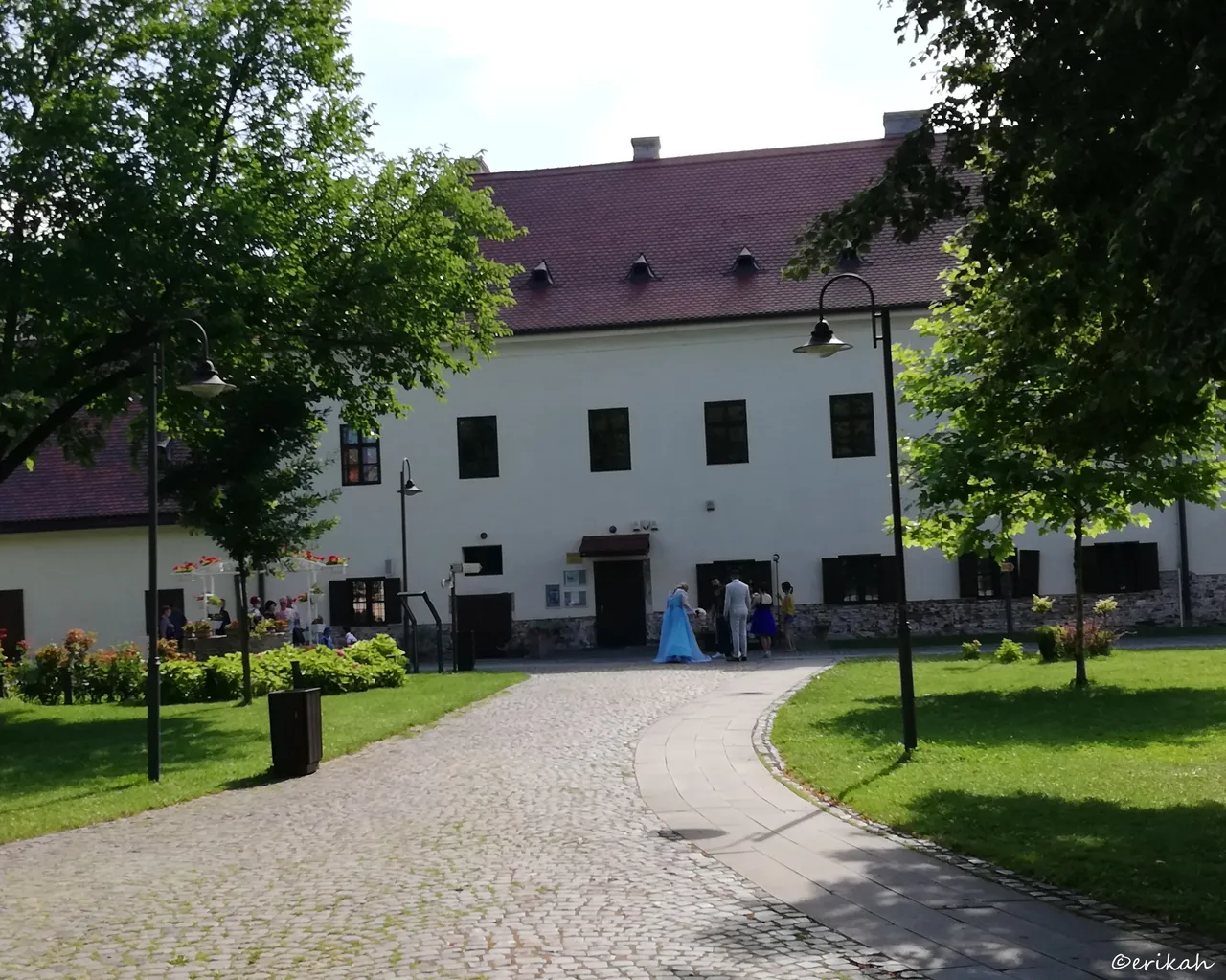
I didn't want to be disrespectful, wanted to give her the privacy, so I went the other way and took some photos from far.

This is the entrance of the wedding hall from far. It's decorated for the wedding.
Moving the wedding hall in the fortress was the best decision the city could make. Before, when the wedding hall was in the city center, the newlywed and guests were coming to the fortress for the usual photo shoot as that was not only the nearest, but the most beautiful place for a wedding photo shoot. So picking this place was a very good idea.

Check out my latest travel posts:
- The Medieval Fortress - Part 5.
- The Medieval Fortress - Part 4.
- The Medieval Fortress - Part 3.
- The Medieval Fortress - Part 2.
- Haveyoubeenhere, Pinmapple And The Huge Potential We Have Here
- The Medieval Fortress - Part 1.
- The Medieval City - Part 3.
- The Medieval City - Part 2.
- The Medieval City - Part 1.
- The Blacksmith Workshop At The Dracula Daneș Domain
- The Park At Dracula Daneș Domain
- Horses And The Stable At Dracula Daneș Domain
- Horse Riding At Dracula Daneș Domain
- Carriage Museum At Dracula Daneș Domain
- Lunch At The Dracula Daneș Domain
- Kindness I encountered from strangers while traveling: Vienna, the city where everyone is helping